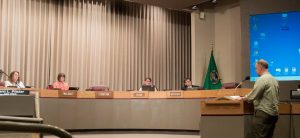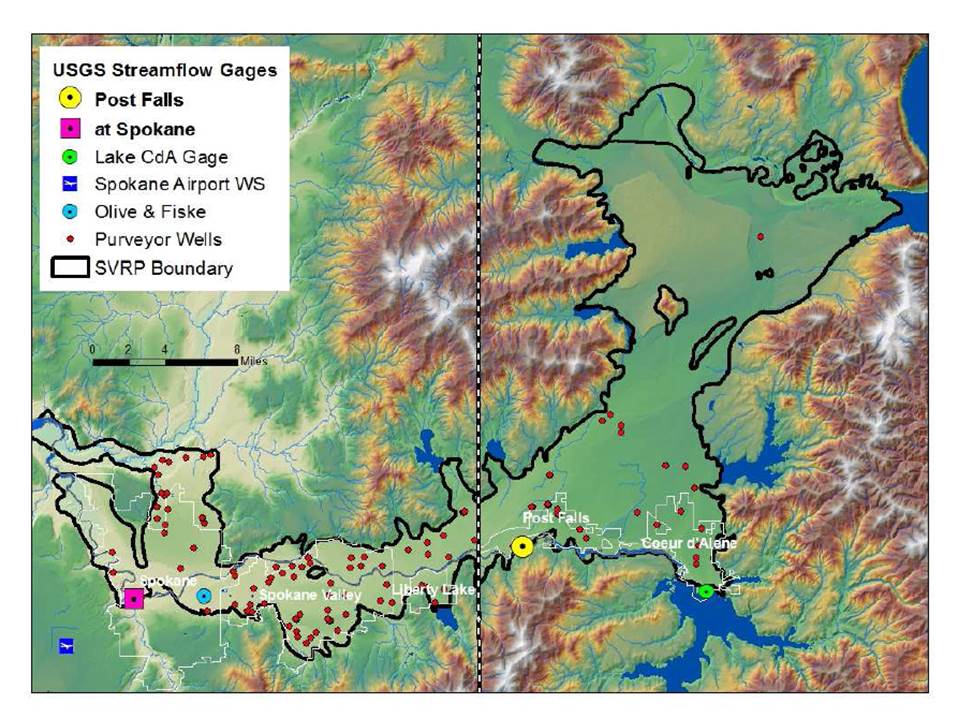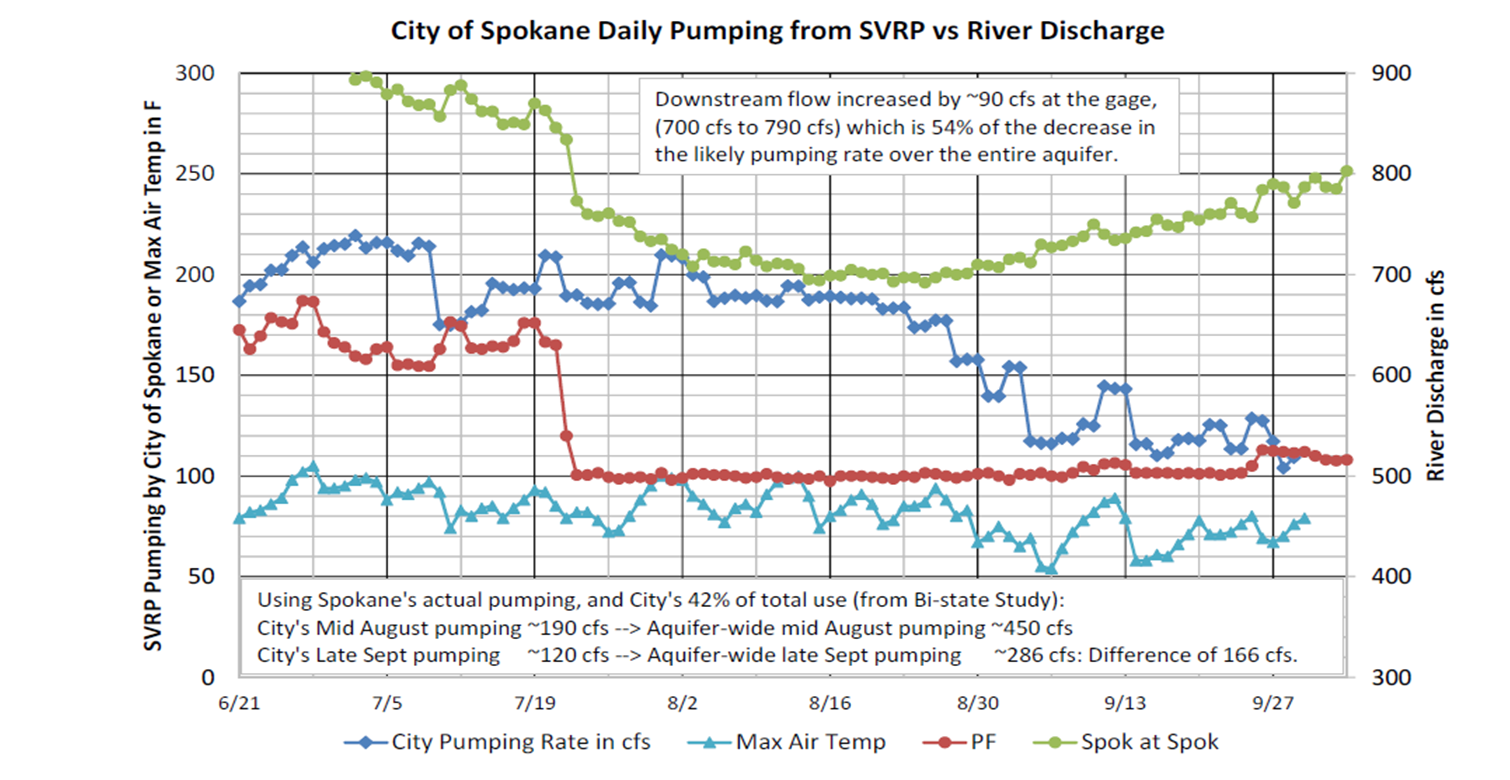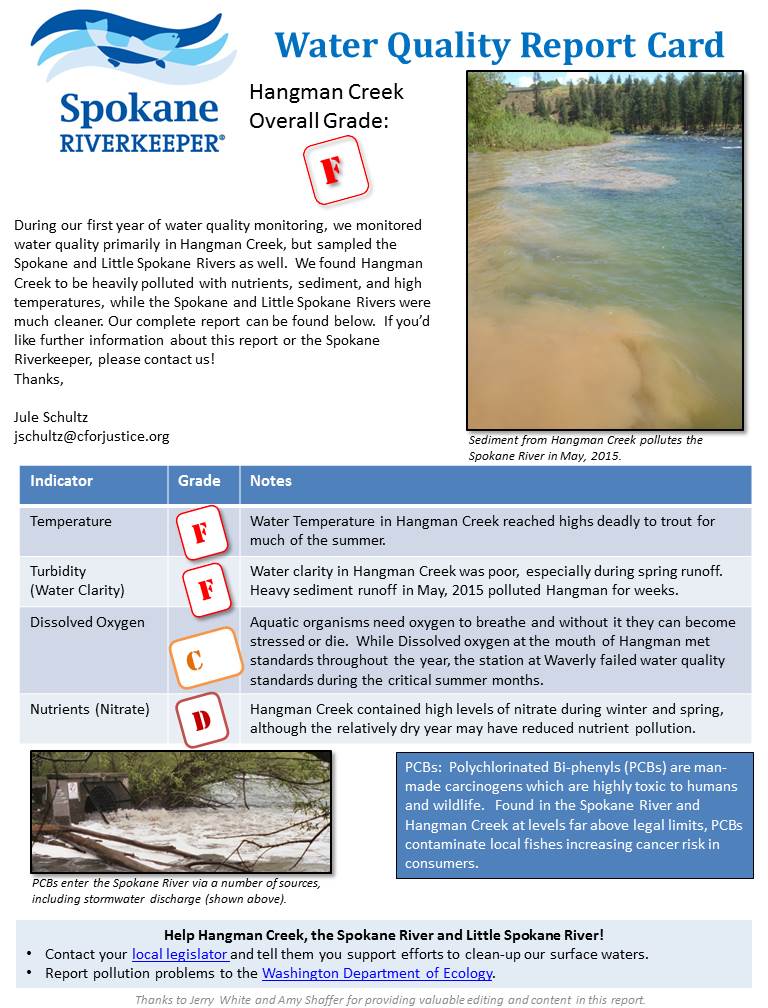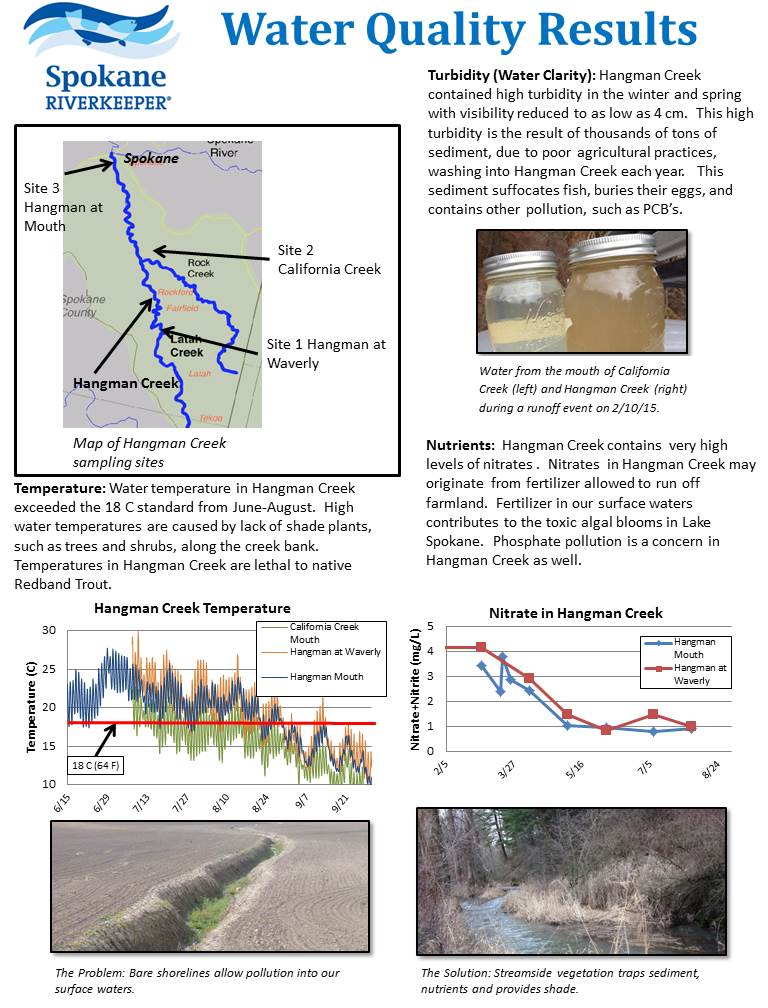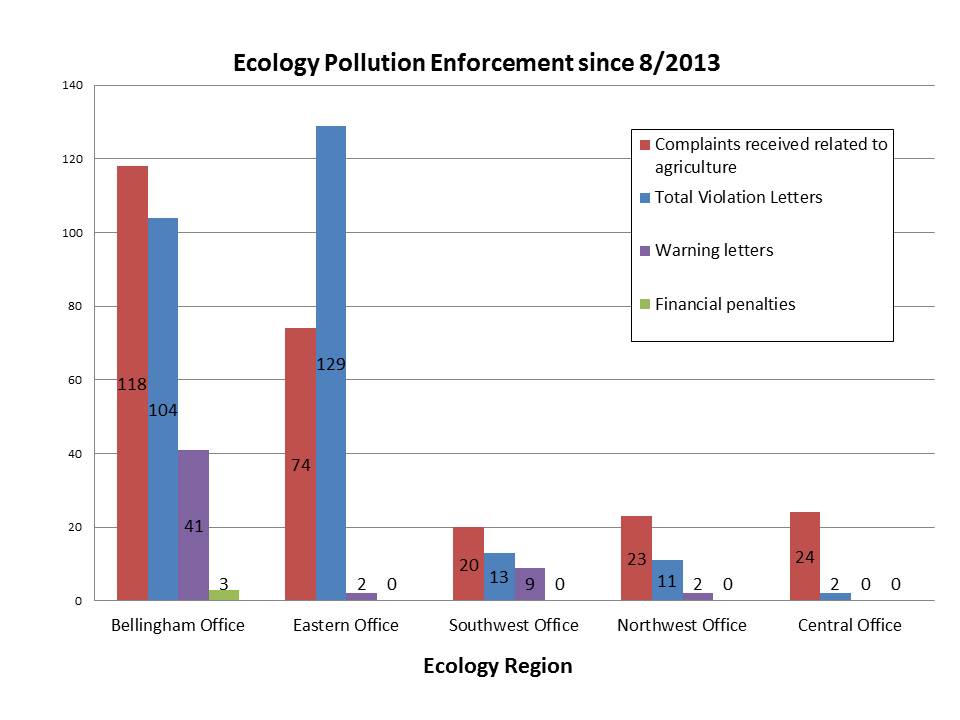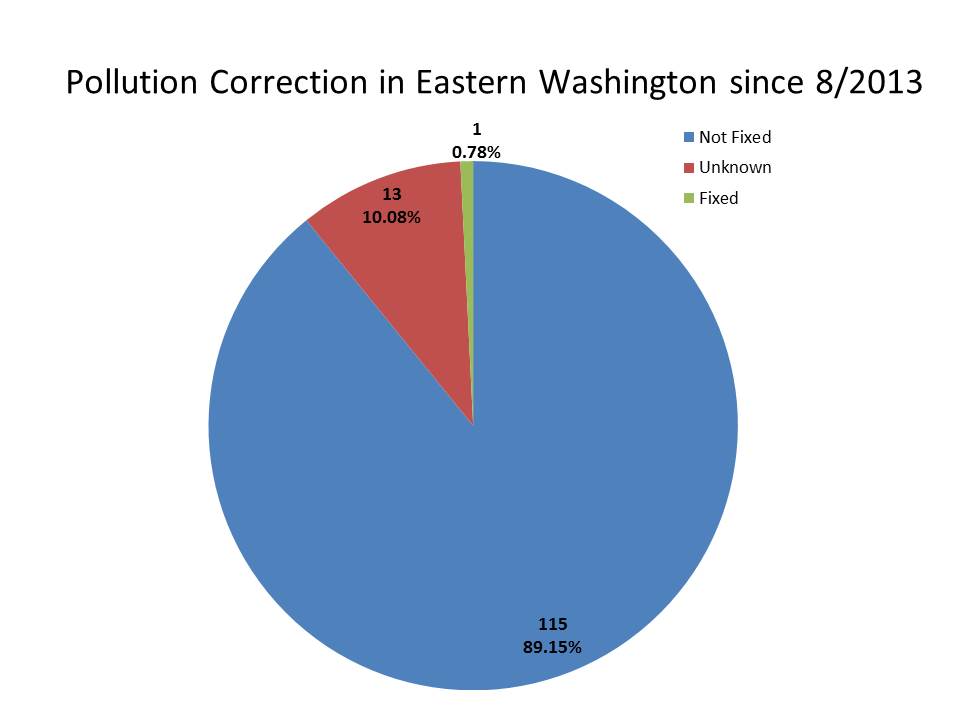For Immediate Release: January 19, 2016
Media Contacts:
Jerry White, Jr, Spokane Riverkeeper (509) 464-7614
Rick Eichstaedt, Center for Justice (509) 464-7607
Mike Petersen, The Lands Council (509) 838-4912
Adrienne Cronebaugh, Kootenai Environmental Alliance (208) 667-9093
Coalition of Conservation Groups, Industry, and Municipal Government Challenge Hatchery Permit for Impacts of PCBs to the Spokane River
Challenge seeks a permit that requires PCB testing and participating in regional PCB task force
SPOKANE, WA–Last week, a coalition of conservation groups consisting of the Spokane Riverkeeper, The Lands Council, the Kootenai Environmental Alliance, and the Lake Spokane Association, along with the Inland Empire Paper Company and the City of Coeur d’Alene filed a challenge to the Washington State Pollution Control Hearings Board of a pollution discharge permit issued by the Washington Department of Ecology for the operation of a fish hatchery on the Little Spokane River.
The appeal raises concerns about the permit’s failure to adequately address impacts of the hatchery to water quality in the Spokane River, particularly impacts from toxic polychlorinated biphenyls (PCBs). While hatcheries do not produce PCBs, a 2006 report raised concerns about the presence of PCBs in hatchery fish food, its impact on PCB levels in fish tissue, water quality impacts in the hatchery water discharge, and impacts to PCB levels in the Spokane River.
The appeal seeks measures that would require the hatchery to conduct the same type of monitoring and to participate in the Spokane River Regional Toxics Task Force (SRRTTF) in the same manner as other PCB dischargers, including Inland Empire Paper Company and the City of Coeur d’Alene.
“The Department of Ecology and the Environmental Protection Agency requires the cities and industries on the Spokane River to vigorously monitor their discharges for PCBs and to participate in a regional toxics task force,” said Jerry White, Jr., Spokane Riverkeeper. “We don’t want to shut down the hatchery,” said White. “We just want to make sure that all dischargers follow the same rules.”
“What we are after is parity,” said Mike Petersen, director of The Lands Council. “The other dischargers are spending a significant amount of money and time monitoring impacts and participating in the Toxics Task Force. It is not unreasonable to expect that the Fish and Wildlife do the same.”
“Communities on both side of the state are taking the problem of PCBs in the Spokane River seriously,” Adrienne Cronebaugh, director of the Kootenai Environmental Alliance based in Coeur d’Alene, Idaho. “That means every potential source of PCBs needs to take action to reduce and, if possible, eliminate PCBs.”
Once widely used in everything from electrical insulators to underwater paint, PCBs are now considered a long-lived pollutant associated with increased risk of cancer, reduction of immune function and impairment of the neurological development of fetuses. The family of chemicals, polychlorinated biphenyls, lasts for years in the environment. PCBs can concentrate in fat, and are passed along through the food chain when one animal eats another. PCBs are toxic in extremely small quantities. Current regulations prohibit PCB dischargers in quantities measured in the parts per quadrillion.
The Spokane Hatchery operated by the Washington Department of Fish and Wildlife was built in 1934 and is one of the State's original hatcheries. It is one of the major Rainbow Trout facilities in the state. The facility also raises German Brown Trout, Eastern Brook Trout, Cutthroat Trout, Tiger Trout, and Kokanee Salmon.
The Pollution Control Hearings Board hears appeals from orders and decisions made by the Department of Ecology. The Board consists of three members, who are appointed by the governor and confirmed by the State Senate for staggered six-year terms.






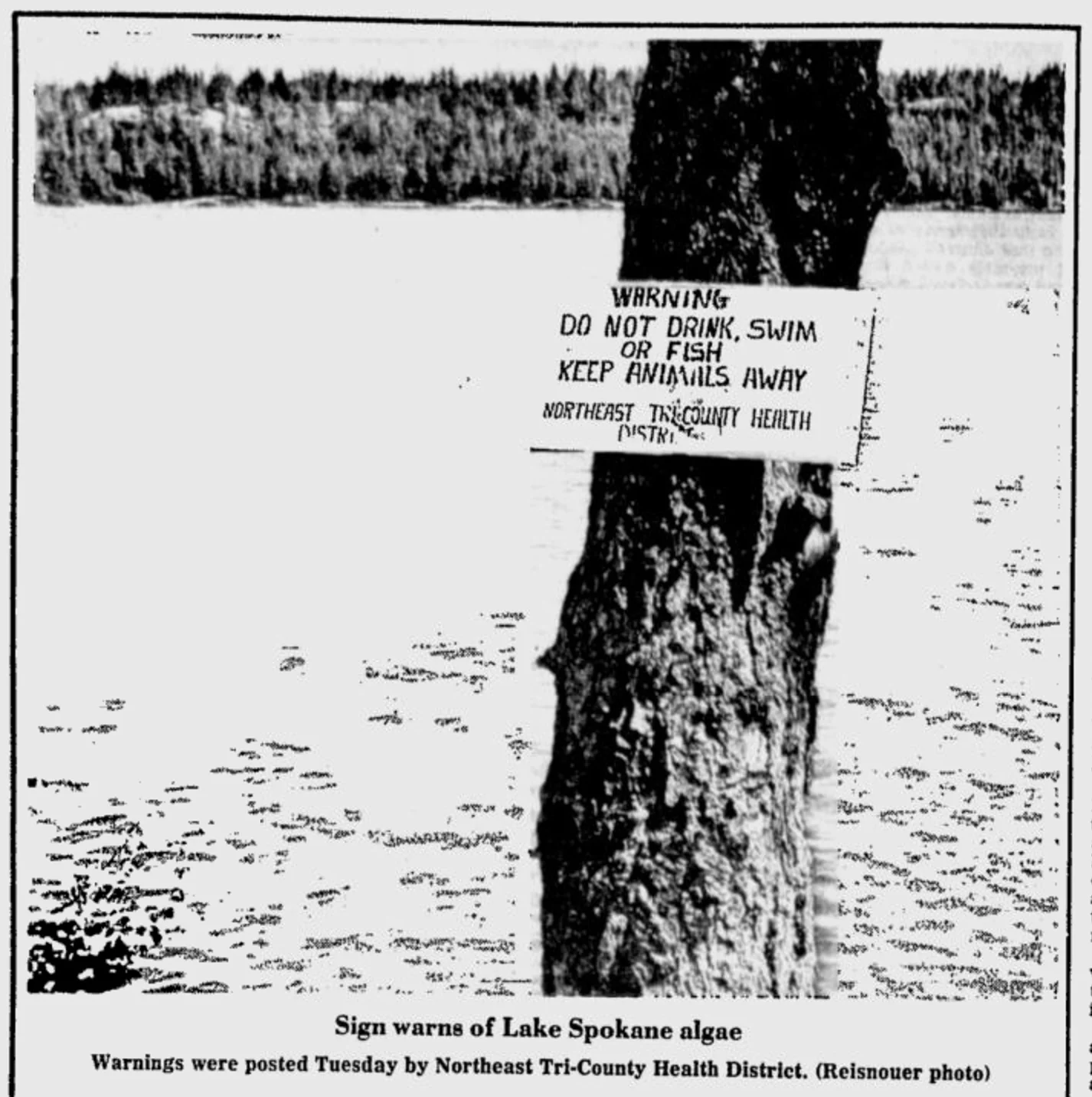





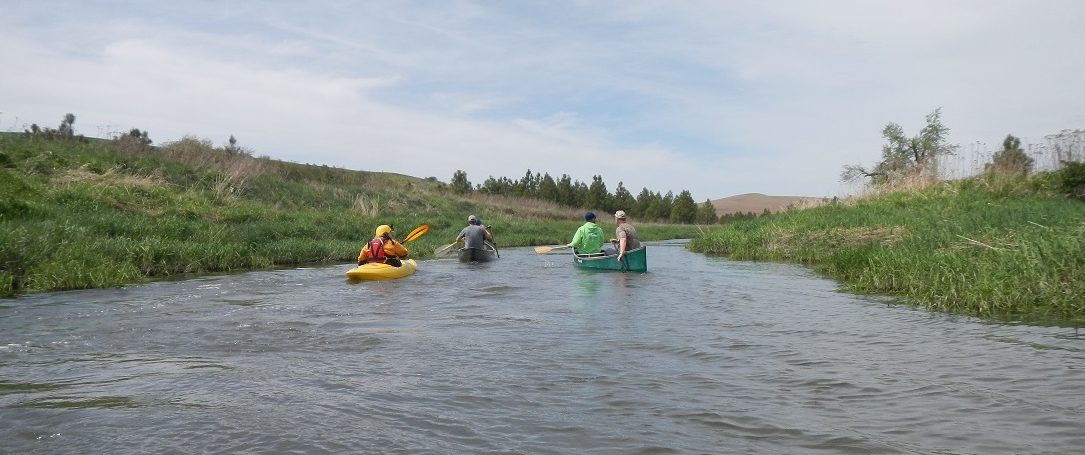
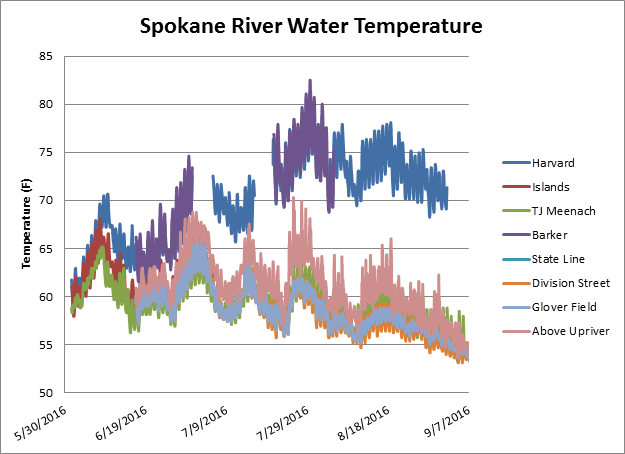
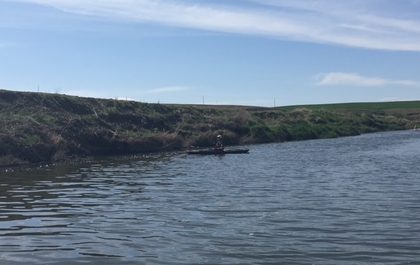
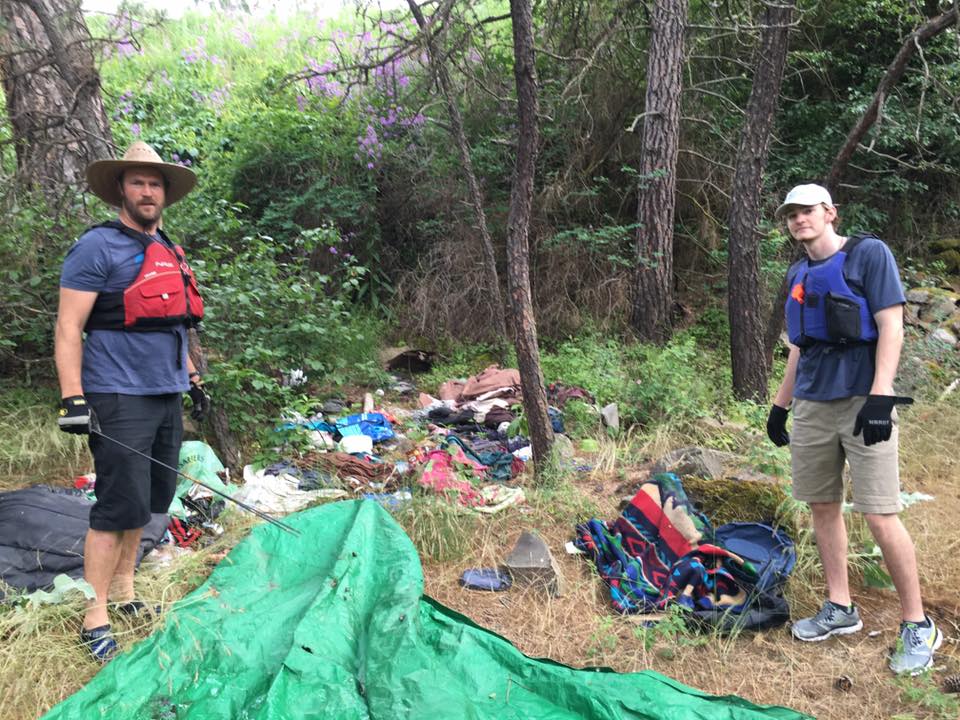 This summer I was given the opportunity to be an intern for the Spokane Riverkeeper. Throughout the experience I learned a lot about the Spokane River and Watershed. Pretty much every day I was in the field, working right beside the river. We rafted the river about once a week picking up several hundreds of pounds of garbage each day. Days we didn’t raft we would take groups out alongside the shore to pick up trash, go on water quality runs, place temperature loggers into the Watershed to help monitor the health of various spots on the river, as well as a variety of other tasks.
This summer I was given the opportunity to be an intern for the Spokane Riverkeeper. Throughout the experience I learned a lot about the Spokane River and Watershed. Pretty much every day I was in the field, working right beside the river. We rafted the river about once a week picking up several hundreds of pounds of garbage each day. Days we didn’t raft we would take groups out alongside the shore to pick up trash, go on water quality runs, place temperature loggers into the Watershed to help monitor the health of various spots on the river, as well as a variety of other tasks.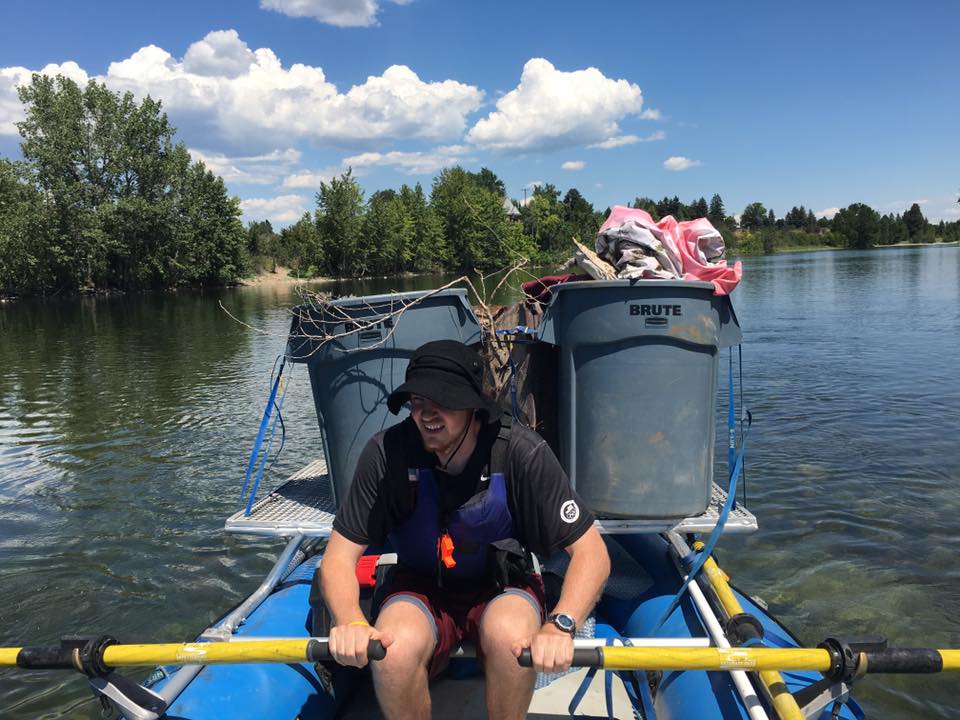 Rafting at least once a week for 3 months gives you a newfound respect and appreciation for the river. It really showed me that preservation should be taken very seriously, as something so beautiful and natural should be protected from industrialization and unnecessary pollution.
Rafting at least once a week for 3 months gives you a newfound respect and appreciation for the river. It really showed me that preservation should be taken very seriously, as something so beautiful and natural should be protected from industrialization and unnecessary pollution.